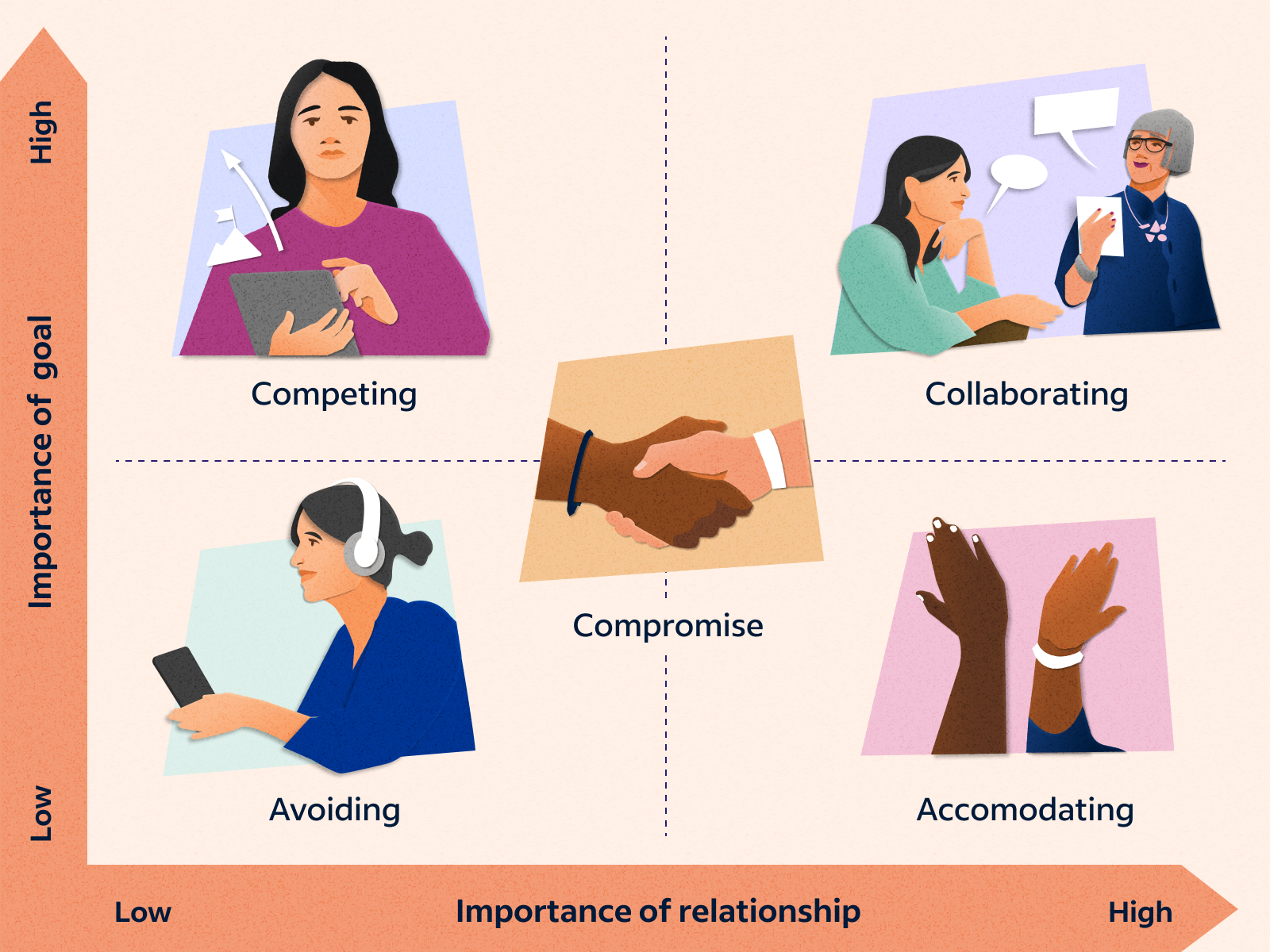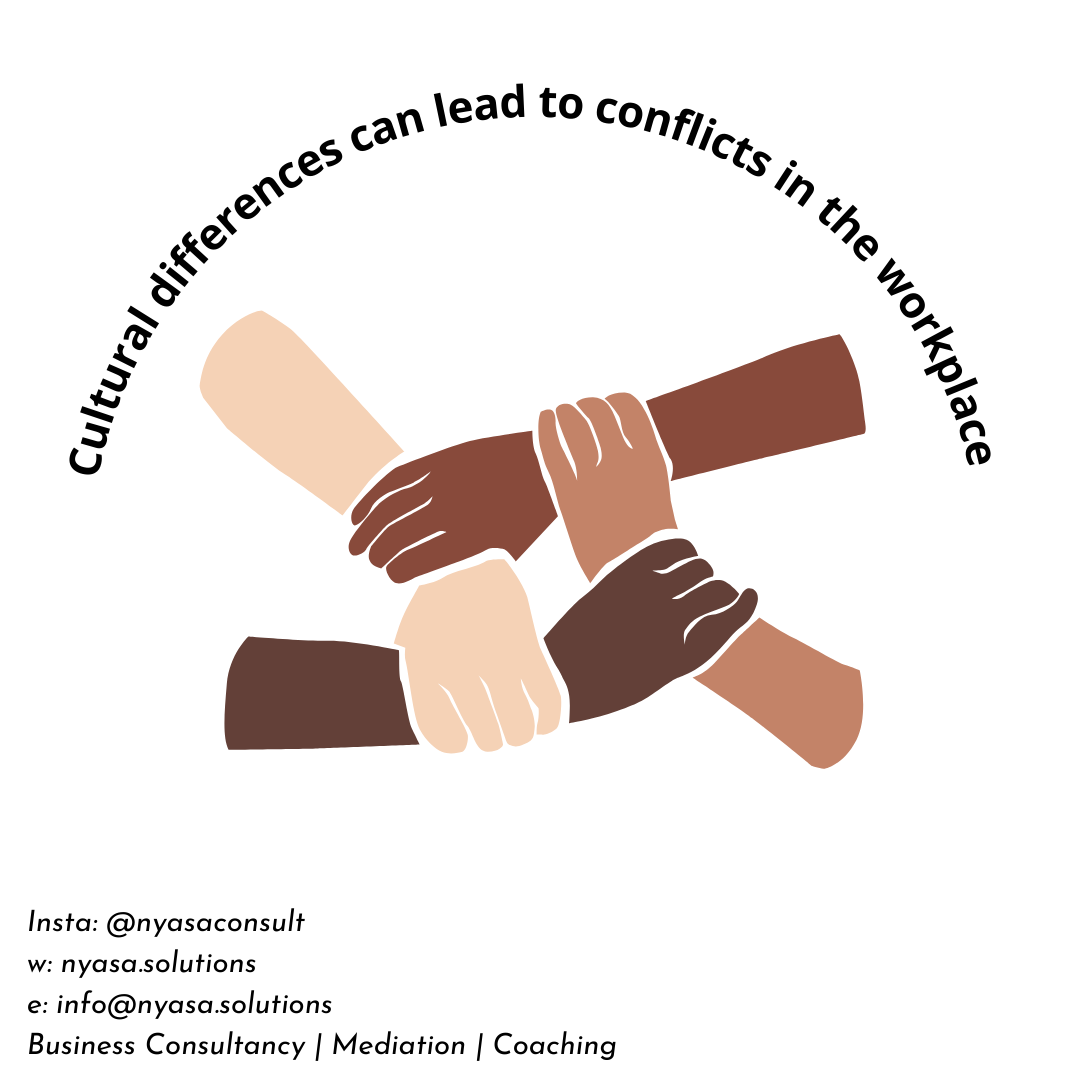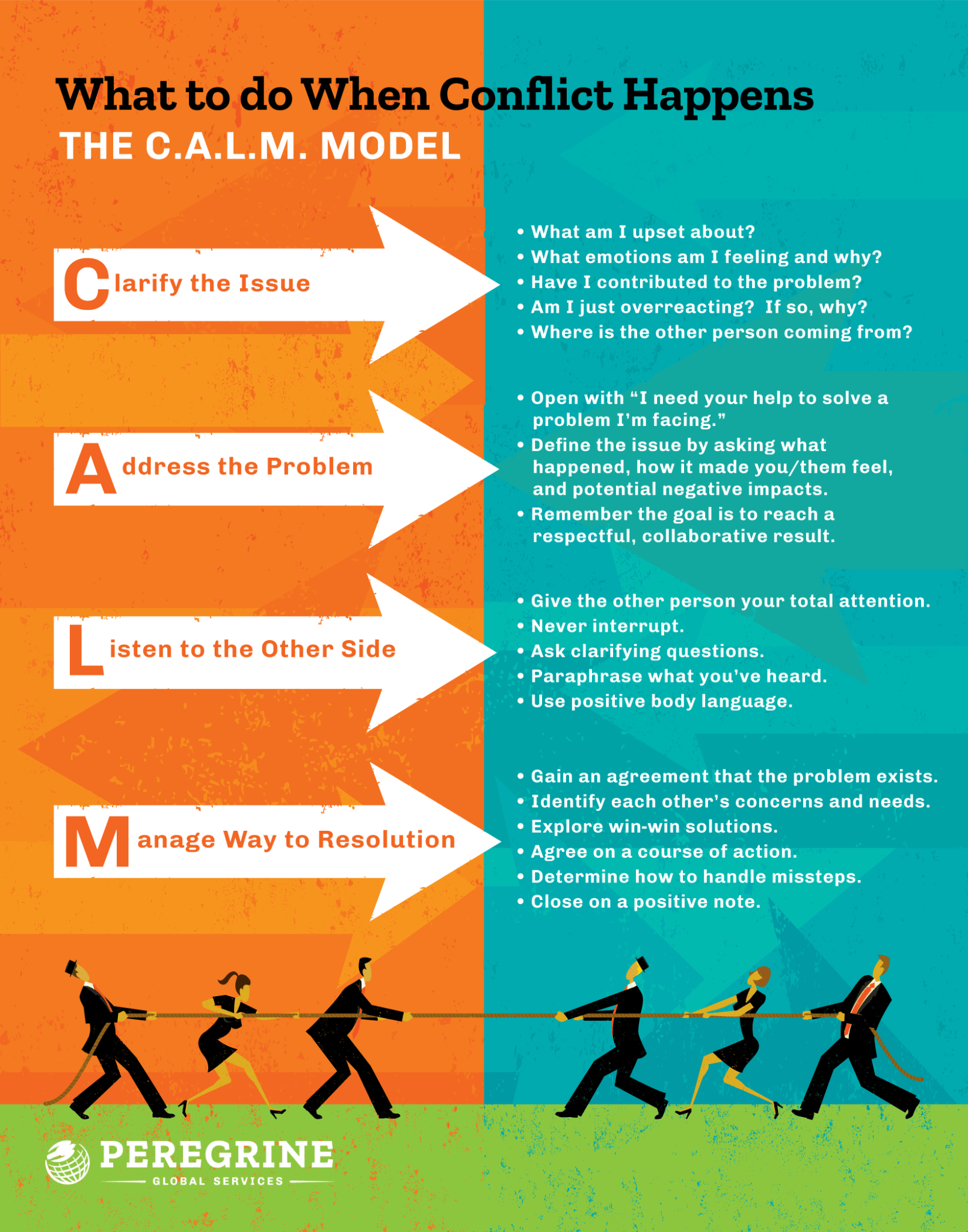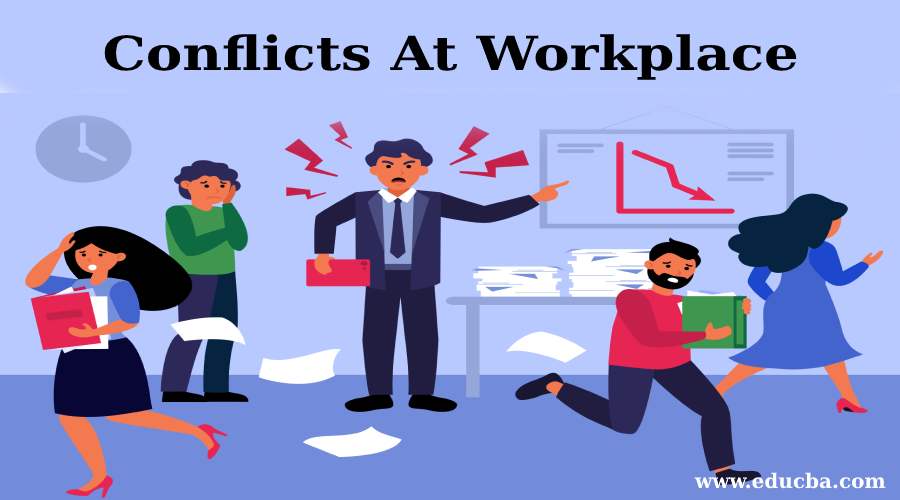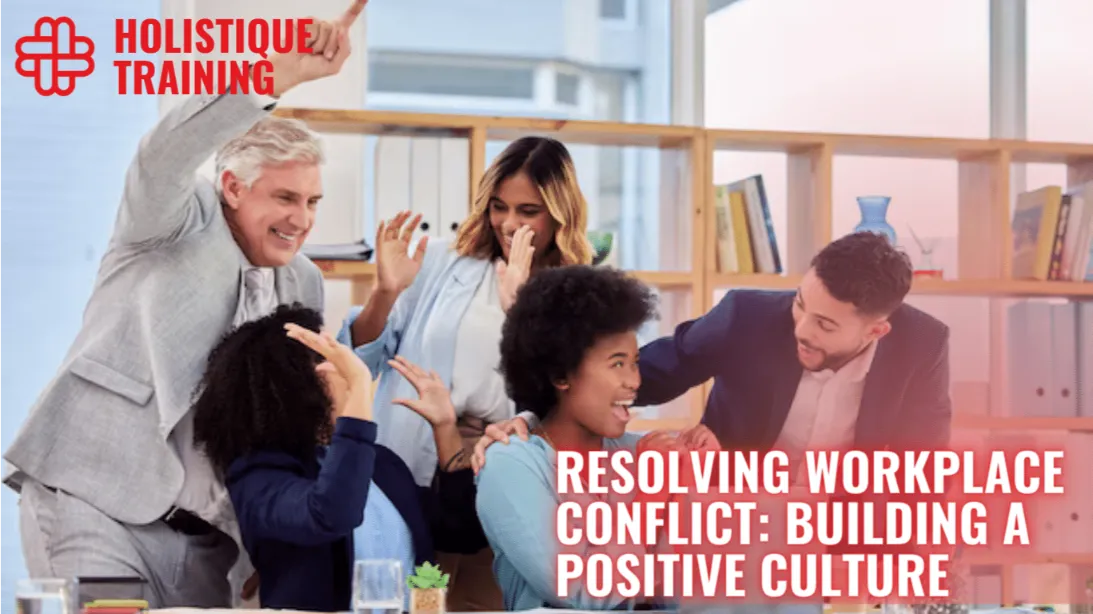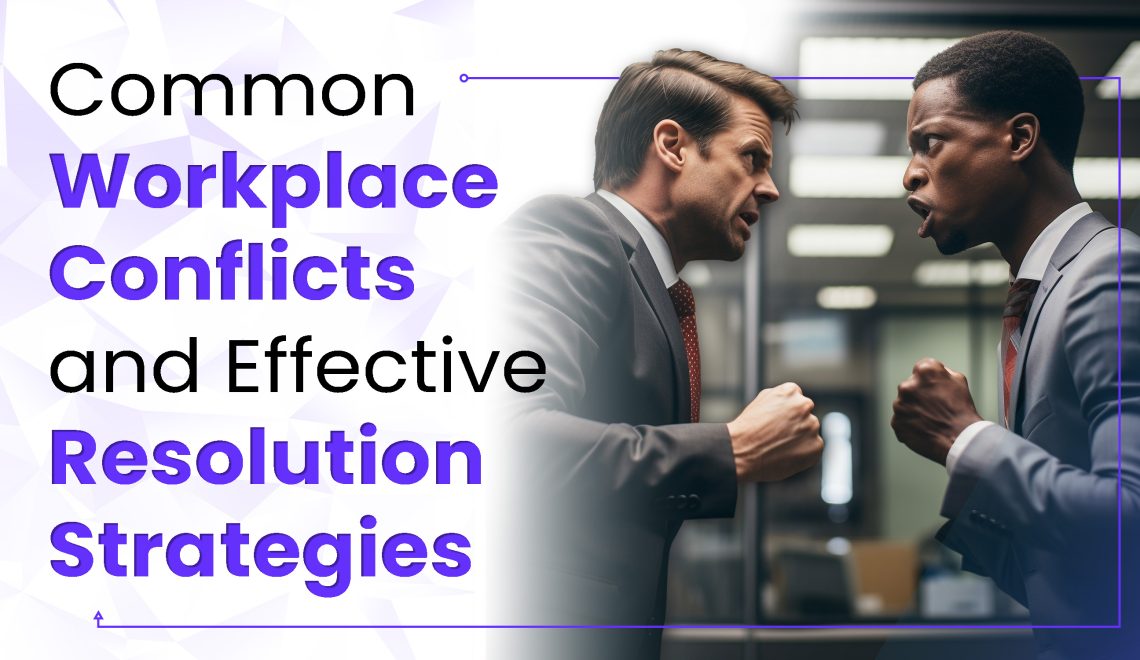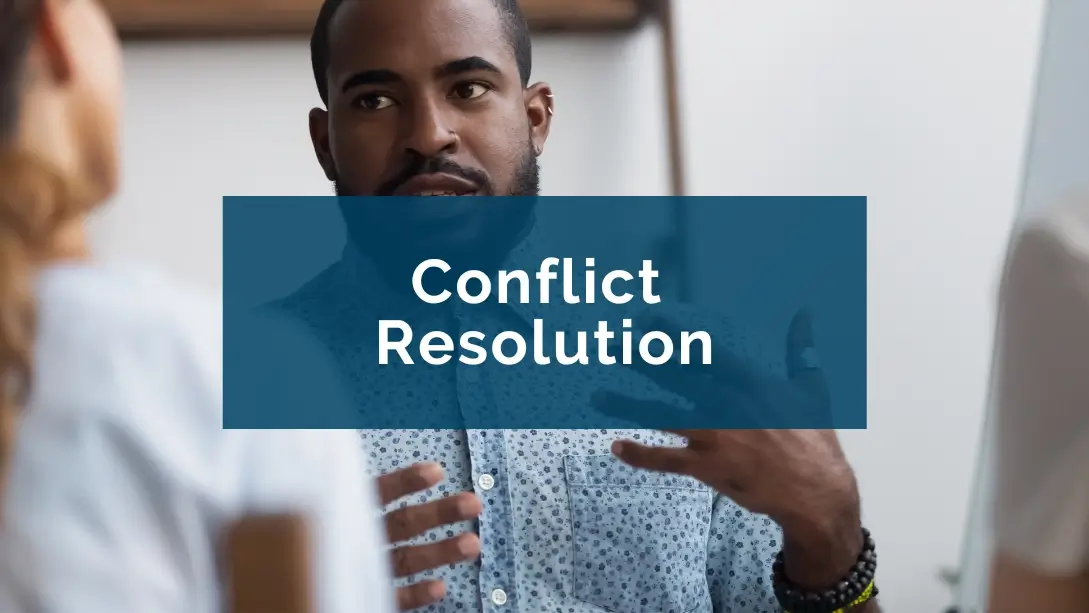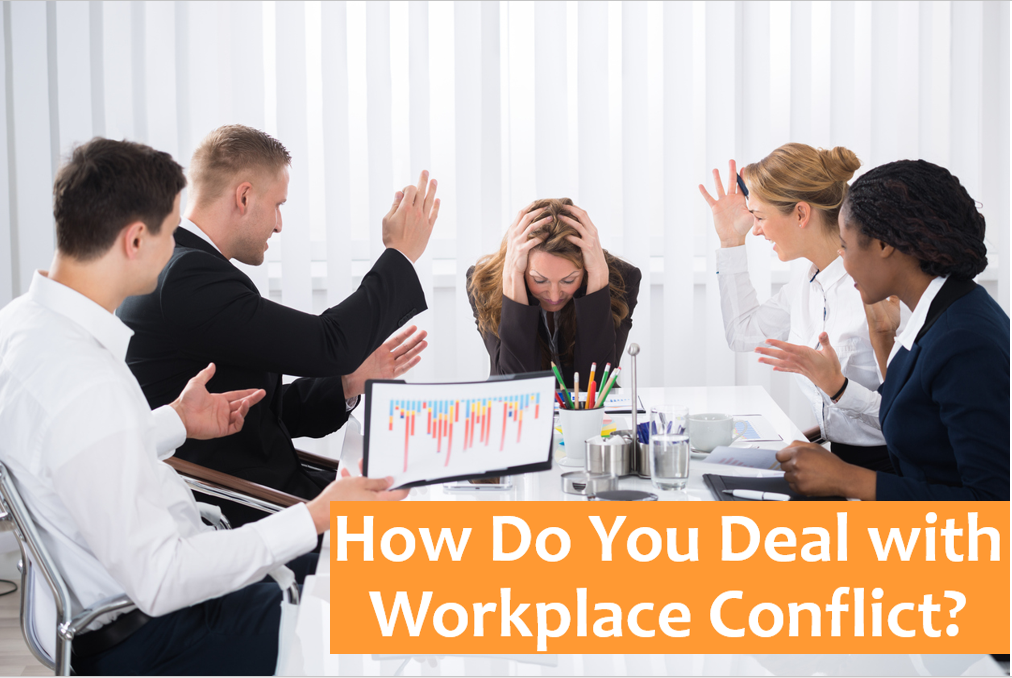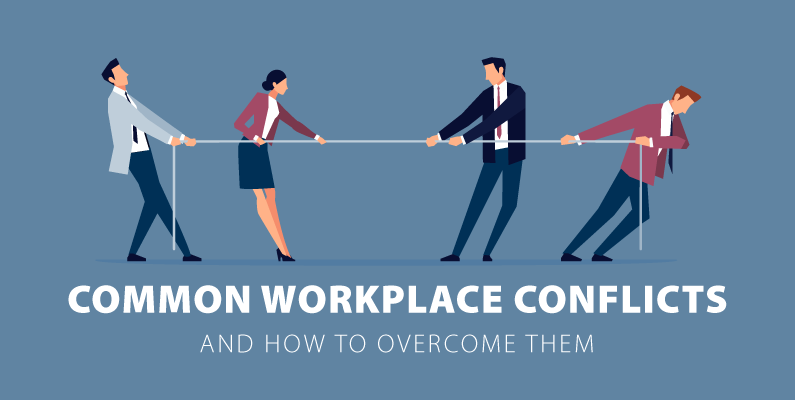How To Resolve Cultural Conflict In The Workplace
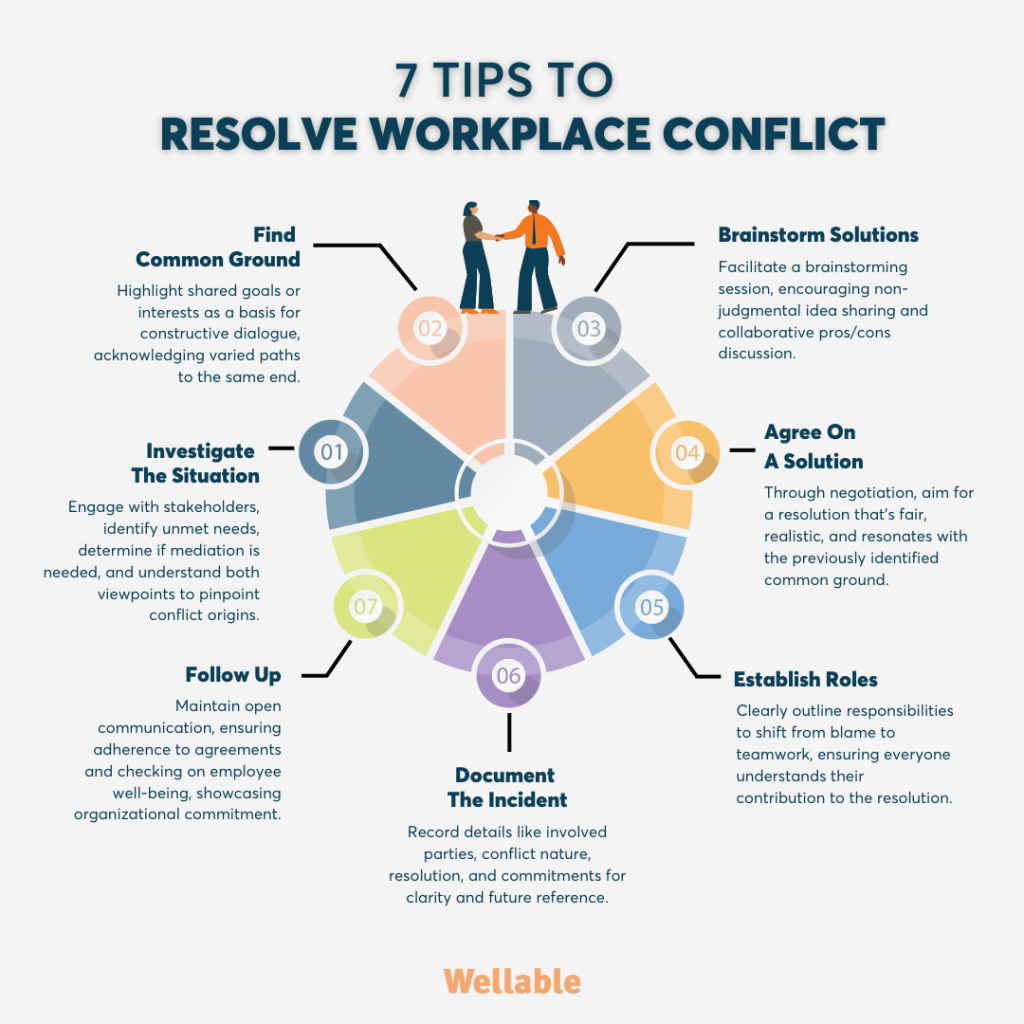
The subtle yet pervasive hum of cultural differences in the modern workplace can quickly escalate into disruptive conflicts, impacting productivity, morale, and even legal standing. Misunderstandings rooted in varying communication styles, values, and work ethics can create friction, fostering an environment of distrust and hindering collaborative efforts. Left unaddressed, these conflicts can lead to serious consequences for both employees and the organization as a whole.
This article explores practical strategies for resolving cultural conflict in the workplace, drawing on expert opinions and established best practices. The aim is to provide actionable insights that empower organizations to build more inclusive and harmonious environments. Cultivating a culture of understanding and respect is not merely a matter of compliance; it is a strategic imperative for success in today's globalized world.
Understanding the Roots of Cultural Conflict
Cultural conflicts often stem from unconscious biases and a lack of awareness regarding diverse perspectives. According to a report by the Society for Human Resource Management (SHRM), miscommunication is a leading cause of workplace conflict, and cultural differences can significantly exacerbate this issue. These misunderstandings can manifest in various forms, including differing communication styles, approaches to teamwork, and perceptions of authority.
For example, direct communication styles, common in some Western cultures, may be perceived as aggressive or disrespectful in cultures that value indirectness and diplomacy. Similarly, individualistic work styles may clash with cultures that prioritize collectivism and group harmony. These subtle differences, if unacknowledged, can easily lead to misinterpretations and resentment.
Strategies for Resolution
Promoting Cultural Awareness
The first step in resolving cultural conflict is to foster a greater understanding of cultural differences within the organization. This can be achieved through training programs, workshops, and internal communication initiatives that highlight the importance of cultural sensitivity.
Training should focus on: recognizing unconscious biases, understanding different communication styles, and appreciating the values and beliefs of diverse cultures. Many organizations, like Diversity Best Practices, offer comprehensive training modules designed to enhance cultural competence among employees.
Establishing Clear Communication Protocols
Clear and consistent communication protocols are essential for minimizing misunderstandings and promoting transparency. This includes establishing guidelines for meetings, emails, and other forms of workplace communication.
It's important to encourage active listening and provide opportunities for employees to ask questions and clarify any ambiguities. Companies can also consider implementing language training or translation services to bridge communication gaps.
Mediation and Conflict Resolution
When conflicts do arise, it's crucial to address them promptly and effectively. Mediation, facilitated by a neutral third party, can be a valuable tool for resolving cultural disputes. A skilled mediator can help employees understand each other's perspectives and find common ground.
Internal conflict resolution processes should be clearly defined and readily accessible to all employees. These processes should emphasize fairness, impartiality, and respect for all parties involved.
Building an Inclusive Culture
Creating a truly inclusive culture is an ongoing process that requires a commitment from leadership and active participation from all employees. This involves promoting diversity in hiring and promotion practices, establishing employee resource groups, and creating opportunities for cross-cultural interaction.
Organizations can also foster inclusion by celebrating cultural events and holidays, providing opportunities for employees to share their experiences, and creating a safe space for dialogue and learning. A study by Deloitte found that inclusive organizations are six times more likely to be innovative and agile.
The Role of Leadership
Leadership plays a critical role in shaping the cultural landscape of the workplace. Leaders must model inclusive behaviors, demonstrate a genuine commitment to diversity, and actively promote cultural understanding.
Leaders should: be aware of their own biases, be open to feedback, and be willing to challenge discriminatory behaviors. They must also create a culture where employees feel comfortable raising concerns and reporting incidents of bias or discrimination.
Looking Ahead
Resolving cultural conflict is not a one-time fix but an ongoing process of learning, adaptation, and improvement. As the workforce becomes increasingly diverse, organizations must prioritize cultural competency and create environments where all employees feel valued and respected.
By investing in training, establishing clear communication protocols, and fostering an inclusive culture, organizations can mitigate the risks of cultural conflict and unlock the full potential of their diverse workforce. The future of work depends on our ability to embrace diversity and build bridges across cultural divides.

